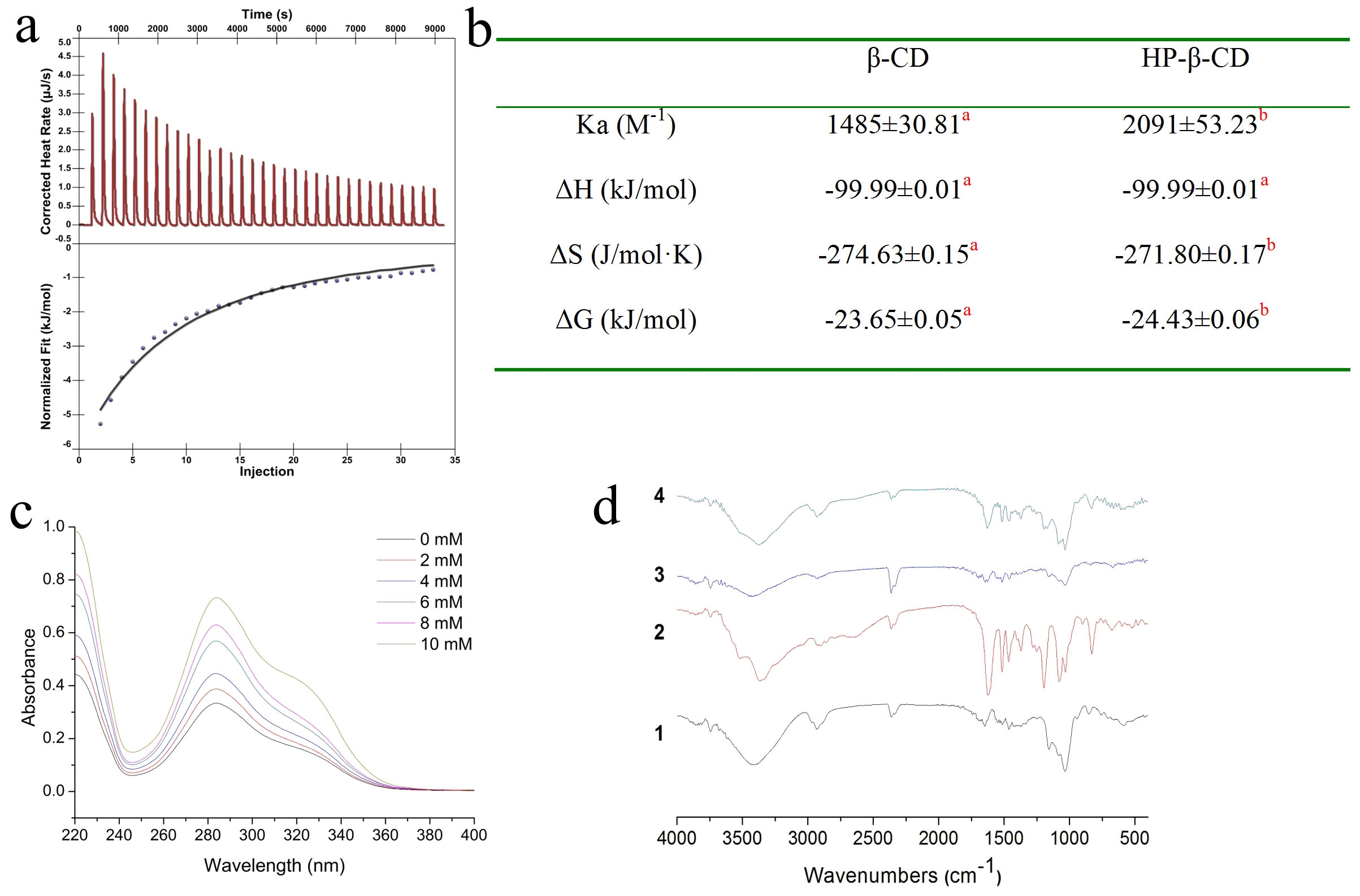A new research result named Experimental and molecular docking investigations on the inclusion mechanism of the complex of phloridzin and hydroxypropyl-β-cyclodextrin was achieved by one team headed by Jiao Zhonggao at the Zhengzhou Fruit Research Institute and published in Food Chemistry in July, 2016. This study could prompt the application of phloridzin in food industry and guide the molecular design of hydroxypropyl-β-cyclodextrin (HP-β-CD).
Phloridzin is a dihydrochalcone primarily found in apples and Lithocarpus polystachyus Rehd(a traditional Chinese sweet tea) with many health-promoting functions, such as antioxidant, antidiabetic, antitumor and anti-inflammatory activites. Due to its poor aqueous solubility and stability, its application in the food, medicine and cosmetic industries is limited, but it can be improved by complexing with cyclodextrins (CDs). The inclusion of phloridzin into β-CD was previously studied as a model of molecular recognition in membranes. β-CD is the most useful CD, but the strong intramolecular hydrogen bonds of β-CD lead to its poor solubility in water. HP-β-CD is the hydroxyalkyl derivative of β-CD with a higher aqueous solubility,and was approved for use in foods and medicines by the F.D.A.
Prior studies investigated their complexation with phenolic compounds, and these studies did not determine the inclusion mechanism and three dimensional supermolecular structure. Since the hydroxypropyl groups spread randomly among the different glucose units of HP-β-CD, it was difficult to determine the effect of the distribution of 2-hydroxypropyl groups of HP-β-CD on its complex ability.
In this study, we investigated the inclusion mechanism between phloridzin and HP-β-CD using isothermal titration calorimetry (ITC), ultraviolet–visible spectrometry (UV), infrared spectrometry (IR), proton nuclear magnetic resonance spectroscopy (1H NMR) and molecular docking simulations. Our ITC analysis found that the complex forming ability of HP-β-CD for phloridzin was superior to that of β-CD, which meant that HP-β-CD complexation technology might be a promising strategy to improve the application of phloridzin in food industry. The thermodynamic parameters revealed that the values of Gibbs energy change (ΔG),enthalpy change(ΔH) and entropy change (ΔS) were negative,which indicated that the inclusion of phloridzin and HP-β-CD was a spontaneous process, and that it resulted from hydrophobic or van der Waals forces. UV spectra showed that the aqueous solubility of phloridzin was enhanced by HP-β-CD. Our IR and 1H NMR analysis verified the inclusion complexation of phloridzin into the HP-β-CD cavity. The three-dimensional supermolecular structure of the phloridzin/HP-β-CD complex was further clarified by using the Autodock method. the substitution distribution for all 2-hydroxypropyl groups located at the narrow rim was the most suitable to form the complex with phloridzin.

Figure1.The results of ITC(a,b),UV (c)and FT-IR(d)

Figure2. The results of NMR(a,b)and Autodock(c)
This work was supported by the Fundamental Research Funds of CAAS (2015ZL005) and Agricultural Science and Technology Innovation Program (ASTIP) of CAAS (CAAS-ASTIP-2015-ZFRI).
By Zhang chun-ling
E-mail:zhangchunling@caas.cn
